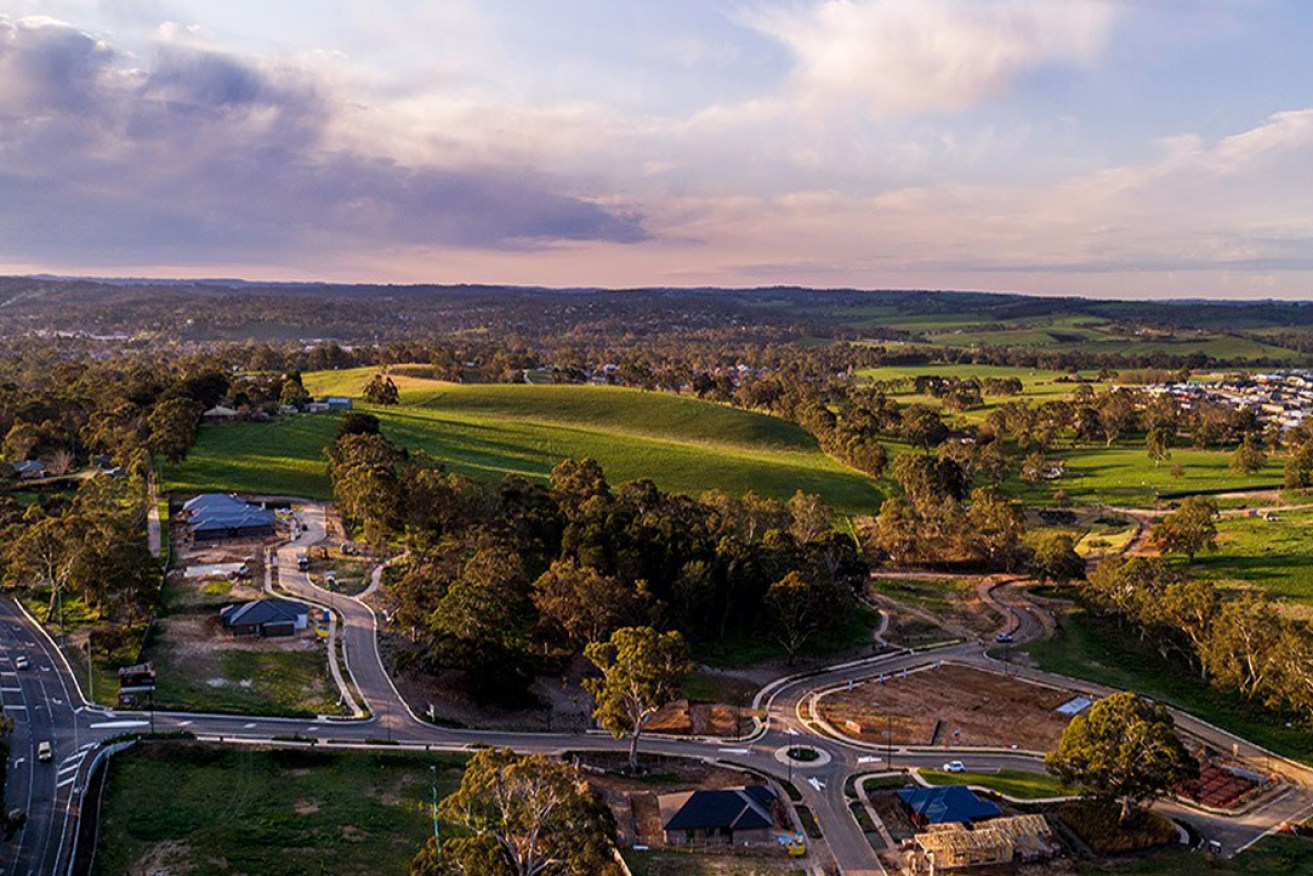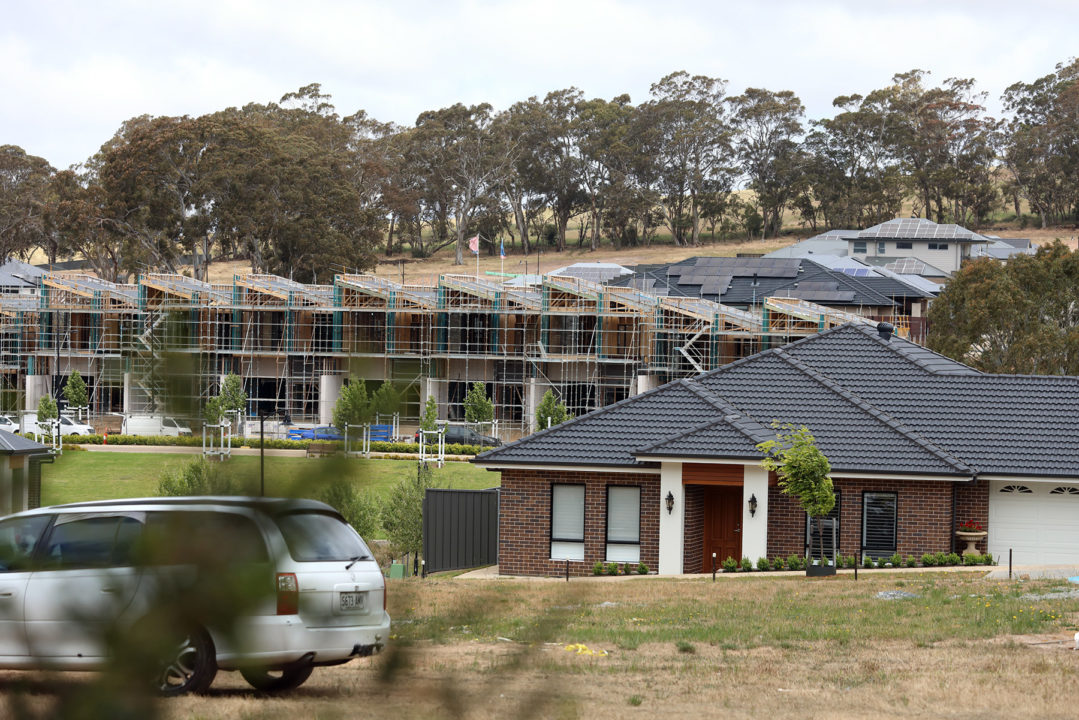Leaving the city for a place in the sun
Pandemic, lockdowns and a longing for personal space and better lifestyle has inspired a population flight from cities to regions, writes Eduardo de la Fuente.

Photo supplied
One of the interesting things about COVID is that is proving to be both a reset button and a force accentuating processes already in train. Nowhere is this more evident than in how the pandemic is shaping our attitude to place.
When globalisation or digital technologies were the main games in town, place seemed to have everything stacked against it. Big cities dominated academic research and policy discussion. Place seemed a little quaint.
Then COVID happened. At first, COVID seemed to be the final nail in the coffin of place. Early images of COVID-impacted places tended to be of streets and public places deserted. A glossy coffee table book about COVID had the title, Cities of Silence: Extraordinary Views of a Shutdown World.
In non-urban contexts, the situation was seen as even more dire. Without visitors, how could regional and rural places survive – especially in the wake of the devastating 2019 and 2020 fires? At best, such places would have to ride out the pandemic and wait until COVID was over before they could recover.
However, other processes also were also unleashed by COVID. Unable to engage in international travel, and lockdowns permitting, people started rediscovering what was in their own backyards. Anecdotal reports started emerging that it was nigh impossible to get an Airbnb rental within two hours of Australian capital cities.
Soon there were also reports that people not only wanted to visit the regions and outer metropolitan areas, they also wanted to move there. Everyone from real estate commentators to demographers began discussing a once-in-a-generation population reversal from city to bush.

New housing at Mt Barker. Photo: Tony Lewis/InDaily
To capture what was going on, demographer Bernard Salt, an astute observer of social trends, coined the term VESPAS: Virus Escapees Seeking Provincial Australia. I too became a VESPA. It was during the second year of the pandemic – May of 2021 to be precise – that my family and I made the move from inner city Sydney to the Adelaide Hills town of Nairne.
Like others, we were lured by the combination of affordable house prices, lifestyle and the new WFH or “work-from-home” possibilities that COVID opened up. Affordable mortgage repayments combined with not needing to commute to the city on a daily basis made the move to Nairne attractive. As did the rural and artisanal products close by.
My family and I were not alone in forming these judgments. In December of 2020, bank ME released a report that ranked Nairne number one tree-change or sea-change location in Australia for first home buyers. Nairne was deemed the winner due not only to its relative proximity to Mount Barker and the 40-minute commute to Adelaide. The ME report highlighted Nairne’s “vibrant and growing community… good access to hospitals, schools and fast internet; spectacular surrounds in wine-growing country; and heritage streets that give it a ‘lost to time’ quality”. While most of the place qualities listed seem unrelated to COVID, ME consulting demographer Chris Neill was reported as claiming: “Being in lockdown for a lot of the year, I think a lot of people are craving space, craving the outdoors”.
What perhaps went under-commented in discussions of COVID-related moves to tree-change and sea-change locations was the following: namely, the geographical and planning concept of the peri-metropolitan. The ME report ranking desirable locations for first home buyers was clear on this point: “A significant number of towns in the top 20 list [of tree-change and sea-change locations] are within the orbit of capital cities and readily commutable”.
Like others, we were lured by the combination of affordable house prices, lifestyle and the new WFH or “work-from-home” possibilities that COVID opened up.
The peri-metropolitan is a curious mix of urbanity-cum-suburbia and rurality-cum-remoteness. Stunning wilderness can co-exist with brick veneer bungalows; cafes and wineries with outdoor activities such as hiking or mountain biking. These places also have particular histories. They have always had a complex mix of insitu agricultural and other kinds of production mixed with leisure, tourism and hospitality. Before people started moving to these locations in large numbers, peri-metropolitan locations were where food was grown, where the well-to-do had second homes to escape the stifling heat of Australian summers, and where our parents took us to on family Sunday drives.
What COVID has arguably cemented is the notion that lifestyle and amenity-rich peri-metropolitan locations are a desirable place to live, work and start a business; that is, they are good for making an ongoing commitment to a place and to its inhabitants. Second homes and hobby farms has given way to affordable housing with a nice sized garden or space in which to grow one’s own food.
Has COVID ushered in a permanent shift to peri-metropolitan locations? Only time will tell. If nothing else, COVID has served to give us pause to reflect on what really matters; and the kinds of places that might allow us to live meaningfully.
For the moment, at least, the in-between zone between city and rurality/remoteness seems to be resonating for a variety of reasons. Some unexpected, some less so.
Eduardo de la Fuent is Adjunct Senior Lecturer, Justice and Society, University of South Australia; Fellow of the Institute for Place Management, Manchester Metropolitan University.




